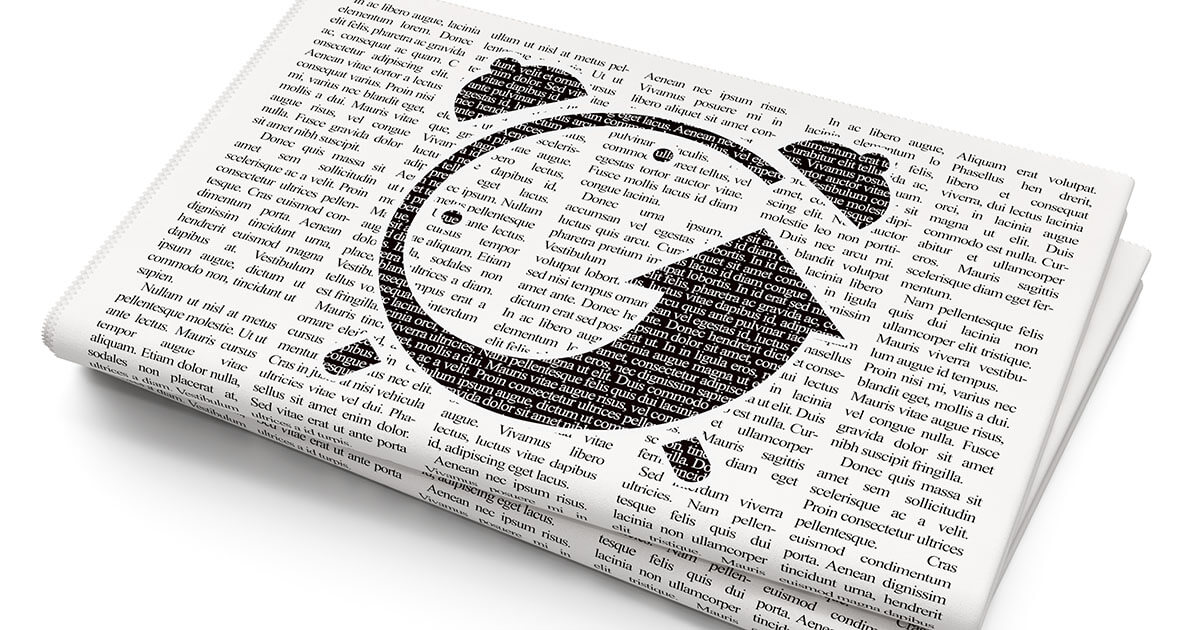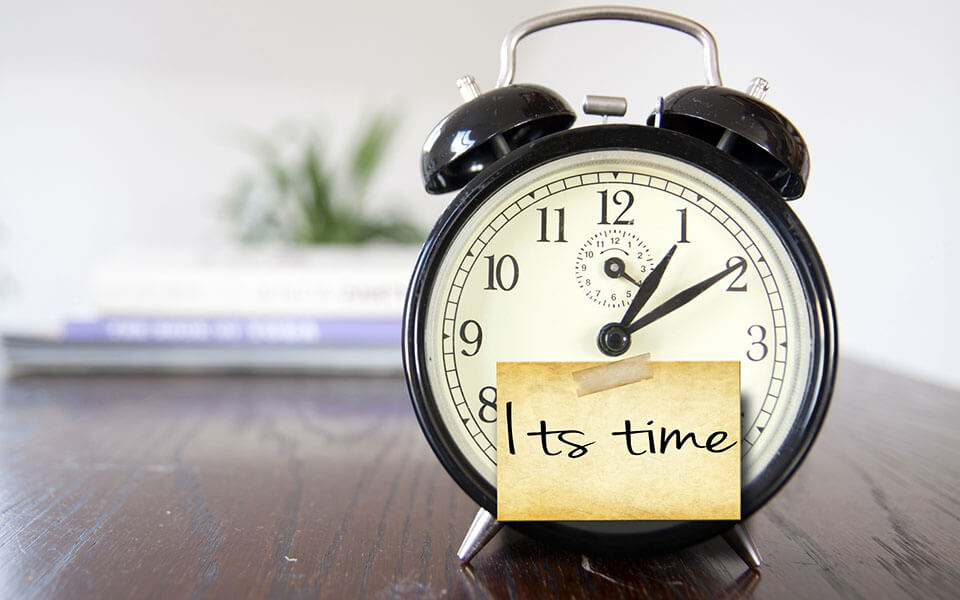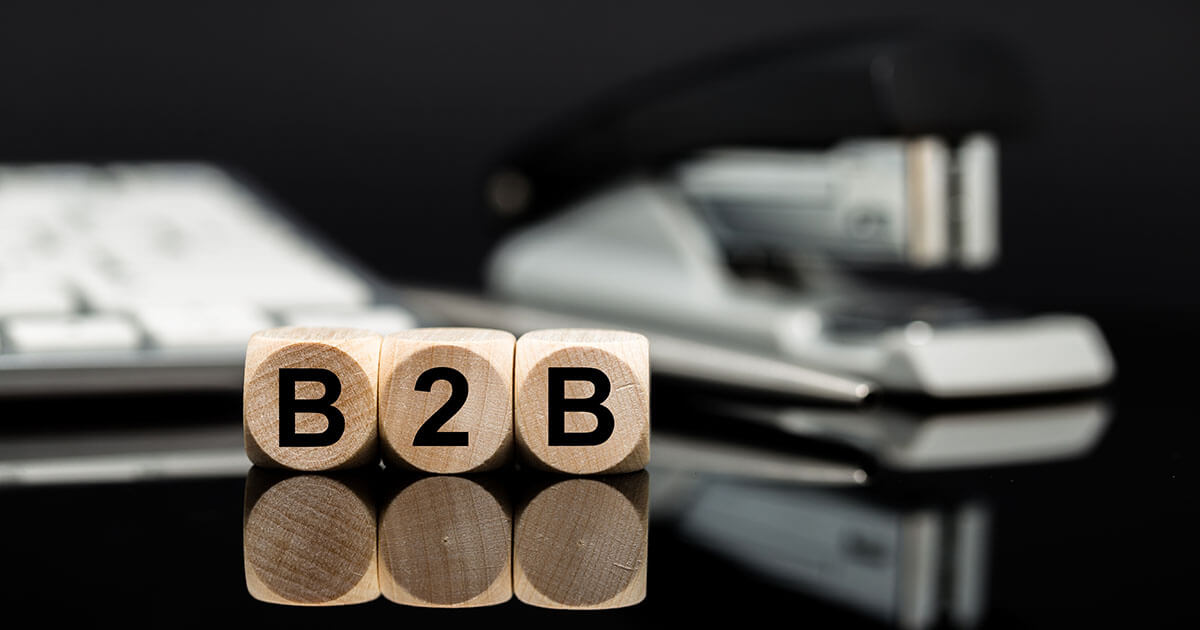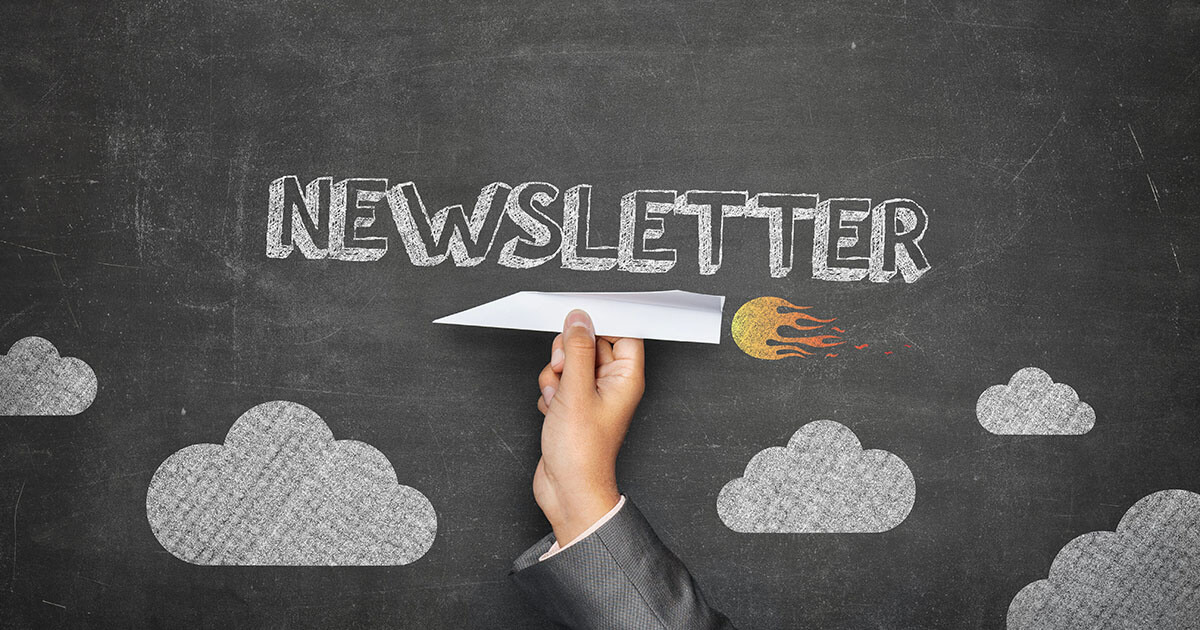When is the best time to send email newsletters?
There are many relevant factors to success in newsletter marketing. The electronic message must be perfectly formatted, the content optimised, and ideally the recipients should be addressed individually and supplied with information relevant to them. It’s obvious to most entrepreneurs that content, design, and personalisation are all key in newsletter marketing. But there’s another factor that is just as important for success: the frequency and time at which you send your newsletters. These two variables play a crucial role in determining whether the recipient clicks to open the newsletter or not.
Is there a perfect time for sending newsletters?
Most marketers who work with newsletters and e-mails have driven themselves stir crazy trying to find the perfect delivery time. One thing is certain – timing is paramount when a recipient is deciding whether to open the e-mail or simply ignore it. But although countless studies and statistics promise to have found the perfect sending time, there is no proof whatsoever of an exact time, at which newsletters have a consistently good opening rate. This is because the best time to reach recipients depends entirely on when they are online and checking their inboxes – and this is in turn conditional on the target group of your business.
Focusing on target groups
Every e-mail marketer has to know who their target group is and when this group is typically online. By designing the newsletter, segmenting the recipient group, and creating buyer personas, you’ll have already worked with a database that can be used to help calculate newsletter timing.
How does a typical day look for the recipient?
Is your recipient employed, working with a PC and checking e-mails regularly, or limiting browsing time to the evenings? If you’re sending content related to private lives, for example, then the perfect time to reach a distinguished engineer will be very different to that of a young mother on maternity leave.
What content are you transmitting and how should the recipient react?
Typically, the best time to reach office employees is during working hours. But an amateur hiker would likely prefer to read background information about trekking tours in Scotland on their sofa in the evening, rather than at their work desk.
Competition analysis is an absolute must. When are your competitors sending their regular newsletter? What system are they using? Can you perhaps beat them to it? Although it’s unlikely you’ll derive general rules from these answers, there are various techniques and considerations you can use to find the right delivery time for your own newsletter marketing campaign.
E-commerce: when are customers active?
In e-commerce, newsletters are usually used to encourage sales. Marketers want to advertise specific products and tempt customers into their shop with special offers, discounts, and vouchers. For this purpose, it’s important to be aware of when people are shopping online. In theory, this is a 24/7 business, but there are clear trends towards certain times of day and days of the week. According to a study by e-commerce marketing platform Remarkety, most shopping is being carried out between 8am and 1pm on weekdays, with 10am on Wednesday being the most popular.
In addition to reading statistics and studies, it’s worth having a look at your own website. With help from popular web analysis tools, you can track the activity of individual users (or groups), allowing you to determine when your store page is busiest. This tool isn’t just useful for finding out when your target group is visiting particular pages; you can just as easily observe sale transactions and discover at what point in the day most conversions take place. This time window, in which your potential customers are most likely to visit your online store to add items to their basket or wish list, is the perfect time to send e-newsletters, offering discounts or vouchers for example.
Opening times: B2B vs. B2C
Alongside target group analysis, you should also consult studies and market experience to help answer the question: When are most newsletters opened? As with e-commerce, it’s not possible to define an exact time that fits every business model, as timing is one again dependent on content and the target market in question. But it’s proven that there are certain tendencies and trends. A good place to start is examining the differences between business customers (B2B) and private customers or consumers (B2C).
Smaller time window with B2B
In B2B interactions, finding the best time to send newsletters is more critical to success, because the time frame for reaching B2B clients is usually shorter. In business circles, e-mails are almost only opened during office hours. Unlike B2C interactions, there isn’t much room to experiment here. The recipient can usually only be reached on weekdays between 9am and 6pm, when office employees are sat at their desks. Most marketers avoid Monday mornings and Friday afternoons – and for good reason. Typically, many e-mails gather over the weekend, meaning that most people are quicker to delete e-mails without reading them on Monday morning. Friday afternoons aren’t much better, because many employees are already thinking about the weekend.
For a long time, Tuesday and Thursday have been known as the recommended days for sending newsletters, leading to very full inboxes on both these days. This presents a good opportunity for strategic, countercyclical planning when sending your newsletter.
B2C: reach consumers in the evenings
E-mailing private customers, who check their e-mails in their free time rather than during working hours, requires a rethink. Many users prefer to read content-rich newsletters in their spare time at home. During the week, this happens most often during the off-peak times of 8 - 11am and 6 - 9pm. So the hours before and after the working day are increasingly targeted by marketers. Research carried out by global e-mail marketing service MailChimp suggests that between 10 – 11am is the optimal sending time for the highest percentage of their subscribers.
Despite this, the click rate increases in the evening. The rate of engagement is nearly twice as high in the evening as it is during the day (although far fewer e-mails are being sent). Data sourced by Experian also suggests that Saturday has the best open rate for the week, though it has a much lower volume. Tuesday sees the most e-mails opened.
A/B testing
Knowledge about the target group, habits of B2B and B2C, and specific sales times in e-commerce are all revealing – yet they still don’t provide you with the best time to send newsletters. Instead, they offer a basis for marketers to use to form theories. And it’s up to your newsletter marketing team to test these theories. Regular A/B tests are the best way to optimise your newsletter distribution. Slowly but surely, you can begin to determine the perfect time for sending newsletters.
For an A/B test, marketers separate recipients into two different groups. Newsletters are then sent on different days, to test the theory that one day / time should prove more effective than the other. To achieve a valid result, it’s important to repeat testing over several send cycles. Once you have found what seems to be the optimal time for your company, you can test this further as a fixed variable against other day and time combinations. This way, it’s easy to find out exactly how to maximise the open rate of your newsletter.
Frequency of e-mails in newsletter marketing
The regularity of e-mails is an equally important factor in the success of a newsletter marketing campaign. When it comes to deciding how often to send subscribers information, there’s one crucial ground rule: Only approach customers if you actually have something to report. The content must be relevant and up to date. You should always offer the reader added value in some form, otherwise the e-mail is simply unnecessary. But it’s important to ensure you deliver new content to your subscribers at least once a month, or else you run the risk of being forgotten.
Many companies choose to use product cycles as a guideline for newsletter frequency. The more you know about your customers, their habits, and their specific product interests, the better your content, delivery frequency, and timing will be. Marketing automation can help too – you can read more about this in our Digital Guide.
Trial and error holds the key
When it comes to finding the best time to send newsletters, there’s no single answer: many factors are in play. It’s important to first determine the target group, and differentiate between B2B and B2C customers. Predefined buyer personas used in earlier business steps, like creating a content marketing strategy, are valuable tools when sending newsletters. The simplest way to discover the best possible time frame for e-mailing customers is trial and error.
This means that marketers should remain flexible. If the target group changes or content strategy is altered, the delivery time should be brought into question once more. There are numerous factors that contribute to a successful newsletter marketing campaign: sending time and frequency are just two of these. And above all, newsletter content remains the most decisive factor. Ultimately, if the e-mail is expertly designed, with both the subject and title immediately engaging the reader, then the delivery time will be redundant.









